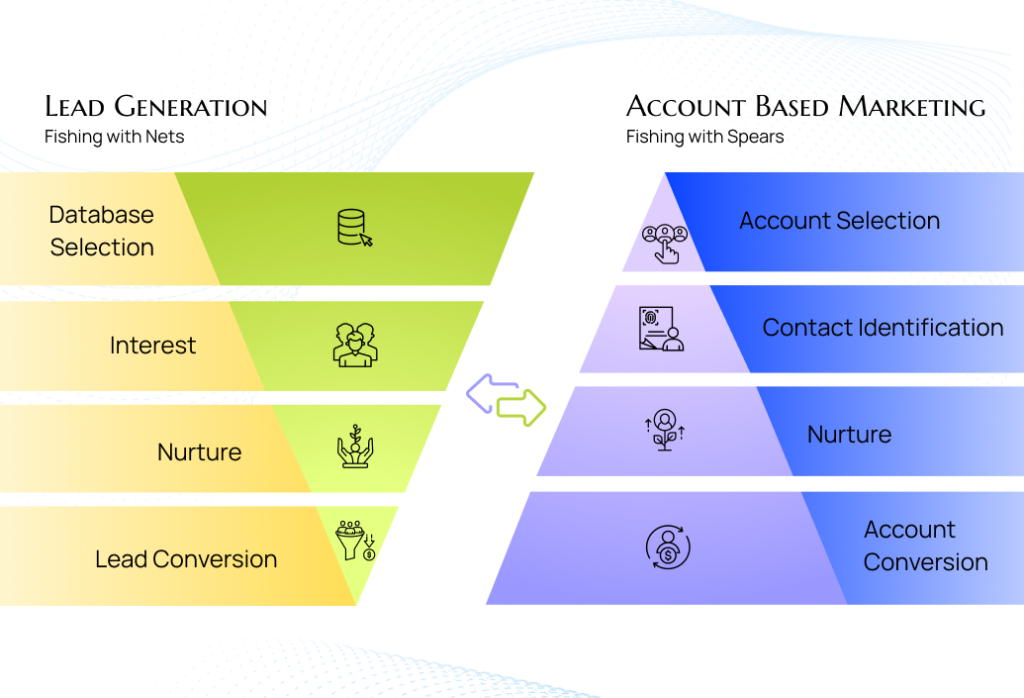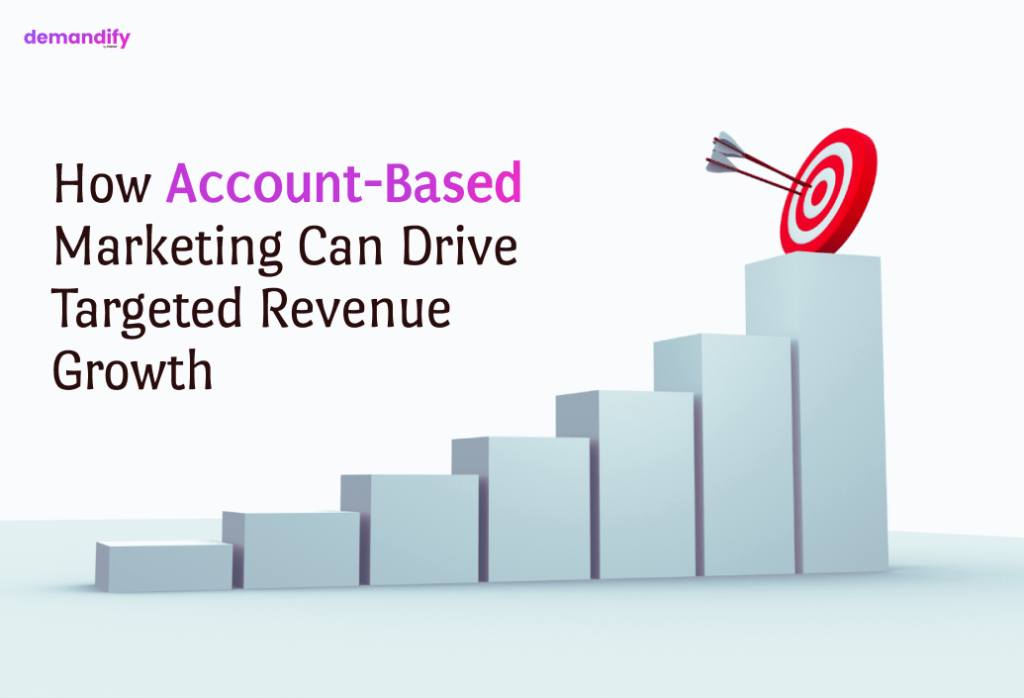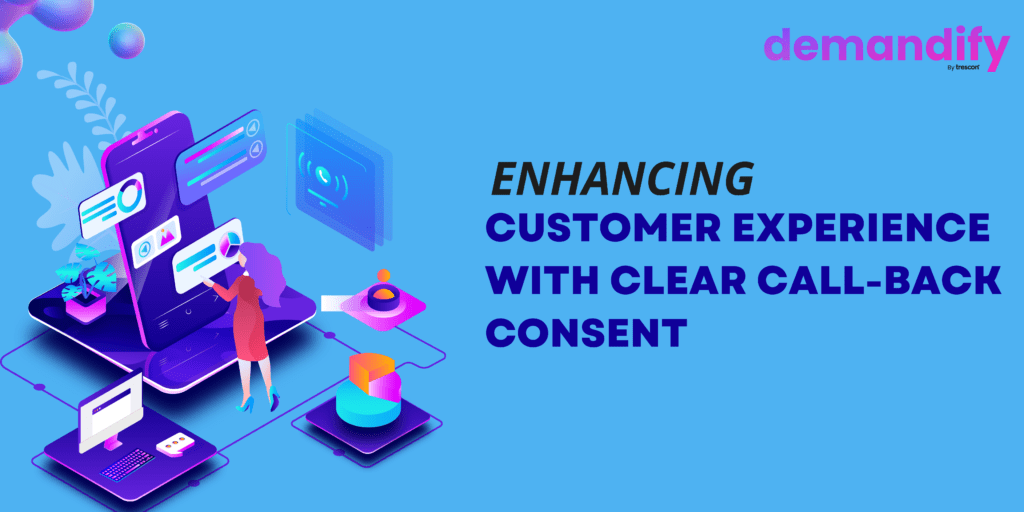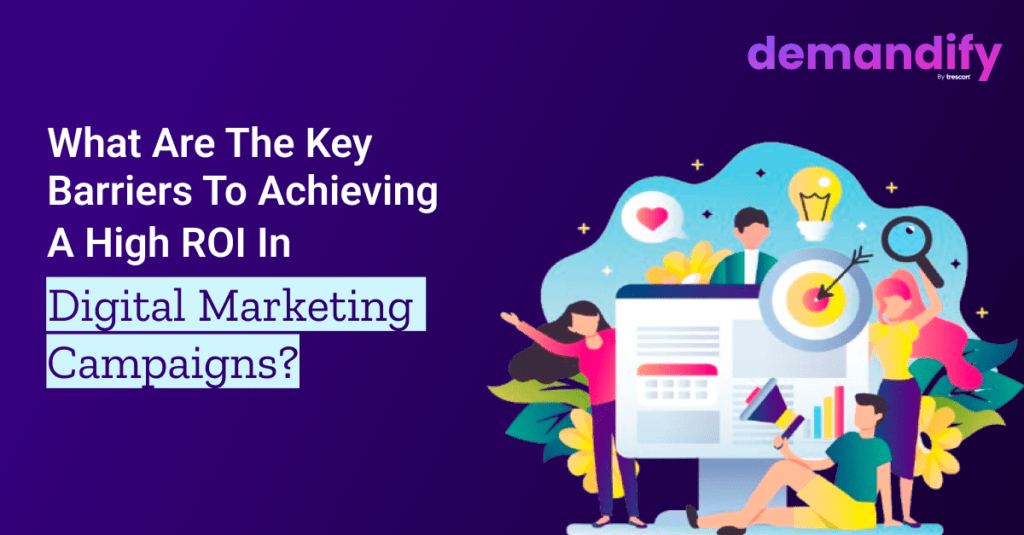
What is Intent Data and How It Boosts B2B Marketing Effectiveness
In B2B marketing, understanding customer behavior is essential for crafting strategies that drive engagement, conversions, and long-term relationships. This is where intent data comes into play. Intent data is a powerful tool that enables businesses to identify potential buyers who are actively showing interest in their products or services. By leveraging intent data, marketers can focus their efforts on high-quality leads, ultimately improving campaign efficiency and ROI.
What is Intent Data?
Intent data refers to information collected about online behaviors and interactions that indicate a person’s interest or intent to purchase a particular product or service. In the B2B world, intent data is often gathered through activities such as:
- Website visits
- Content downloads
- Searches for specific keywords
- Engagement with social media posts or email campaigns
The data is then analyzed to identify patterns and signals that suggest a prospect’s readiness to buy. For example, if a company sees multiple employees from the same firm searching for “CRM software comparisons” or downloading whitepapers on CRM implementation, these behaviors could signal a strong interest in CRM solutions. Marketers can then prioritize this company as a potential lead and engage them with targeted campaigns.
Types of Intent Data
There are two main types of intent data:
- First-Party Intent Data
This data is gathered directly from a company’s own digital channels, such as its website, landing pages, and email marketing campaigns. First-party intent data gives insight into how prospects interact with a company’s own content, showing where their interest lies within the product range. - Third-Party Intent Data
Third-party intent data is collected from external sources, such as data providers or publisher networks. This data gives companies insights into potential buyers’ activity on other sites, helping them to understand where prospects are in their buying journey, even if they haven’t visited the company’s website yet.
How Intent Data Boosts B2B Marketing Effectiveness
Intent data offers several advantages that can make B2B marketing efforts more targeted, effective, and measurable:
- Prioritized Lead Scoring and Targeting
By identifying which companies or individuals are actively researching solutions, marketers can prioritize leads with the highest likelihood to conversation. This enables sales and marketing teams to focus their efforts on prospects showing strong buying signals, increasing their chances of success. - Personalized Outreach and Messaging
Intent data helps marketers create personalized content that speaks to prospects’ specific needs. Knowing what topics a lead has been searching for, marketers can tailor their outreach, addressing particular pain points or interests. This level of personalization enhances the buyer experience, leading to higher engagement and conversion rates. - Shortened Sales Cycles
Since intent data highlights prospects who are further along in the buyer’s journey, sales cycles can become shorter. Engaging with prospects already in the consideration or decision phase reduces the time needed to educate and nurture, speeding up the path to closing deals. - Improved ROI and Resource Allocation
Intent data allows marketing teams to optimize budgets by directing resources toward high-intent leads instead of casting a wide net. As a result, companies see greater returns on their marketing investment and can allocate resources more efficiently.
Conclusion
In today’s competitive B2B landscape, intent data provides an invaluable advantage by allowing marketers to identify, engage, and convert high-quality leads at the right time. By prioritizing prospects with genuine purchase intent, B2B marketers can create more focused and effective campaigns, resulting in higher conversion rates, reduced sales cycles, and better ROI.








